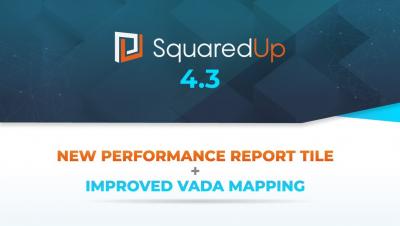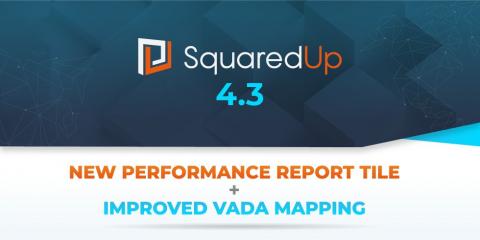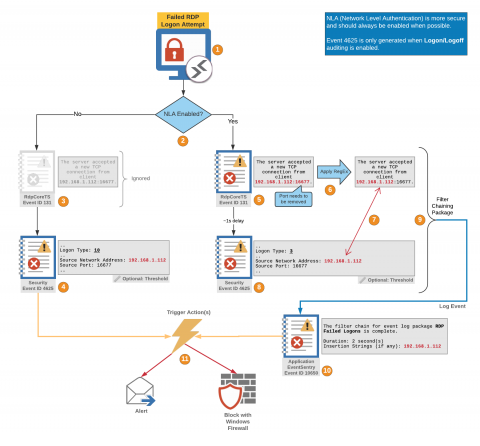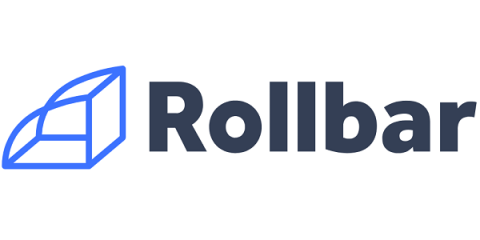Operations | Monitoring | ITSM | DevOps | Cloud
%term
Webinar: Squared Up 4.3 Release
How the k6 Load Testing Tool Is Leveraging Grafana
Like Grafana Labs, my company, Load Impact, is built on open source. When we set out to build the k6 load testing tool, we knew we wanted to offer a purely open source stack. We’ve done performance testing for the better part of the past 15 years. When we looked at the market a couple of years ago, we saw a lot of both commercial and open source tools, and they were mostly either too simple or too complex. Additionally, there was nothing designed specifically for developers.
Squared Up 4.3 is now available for download!
We are delighted to announce the availability of Squared Up version 4.3, continuing our approach of bringing you frequent updates to the product. Version 4.2 was released just two months ago, and 4.1 two months before that. Each new release brings bug fixes, quality improvements and in this case some cool new features too. For a demo of these new features take a look at the webinar 'Squared Up – v4.3 Release'.
SysAdmin Day 2019 - Tech Support, Part 1
RDProtector: Automatically blocking malicious IPs from RDP with EventSentry
The recently discovered BlueKeep RDP vulnerability reminds us yet again (as if needed to be reminded) that monitoring RDP is not a luxury but an absolute necessity. Many organizations still expose RDP ports to the Internet, making it a prime target for attacks. But even when RDP is only available internally it can still pose a threat – especially for large networks.
Upload Source Maps to Rollbar
In production, the most important advantage of using a build tool like webpack is a smaller size and thus improved overall application performance. Although beneficial for our users, the bundled and minified code is harder to debug for developers as the code they have written doesn't map 1:1 to error stack traces. Multiple tools for minifying, bundling and transpiring JavaScript modules can generate source maps along with the resulting code.
Serverless360: Azure Serverless Monitoring and Management - Teaser
Kubernetes and the Data Layer
Once you get your head around the concept of containers, and subsequently the need for management and orchestration with tools like Kubernetes, what started off as a weekend project suddenly starts to raise more questions than answers. Kubernetes removes much of the complexity of managing the interaction between applications and the underlying infrastructure. It is designed to let developers focus on the applications and solutions rather than worrying about the complexity of the hosting platform.
If You Build It, They Won't Come: 5 Big, Scary and Costly e-Commerce Site Mistakes
If You Build It, They Won’t Come: 5 Big, Scary and Costly e-Commerce Site Mistakes In the 1989 flick Field of Dreams, Kevin Costner turns his Iowa cornfield into a baseball field because a voice tells him: if you build it, he will come. The “he” in question is his late father, and the movie has a magical, uplifting ending that makes us want to dream again (and possibly, play baseball or eat some corn).











